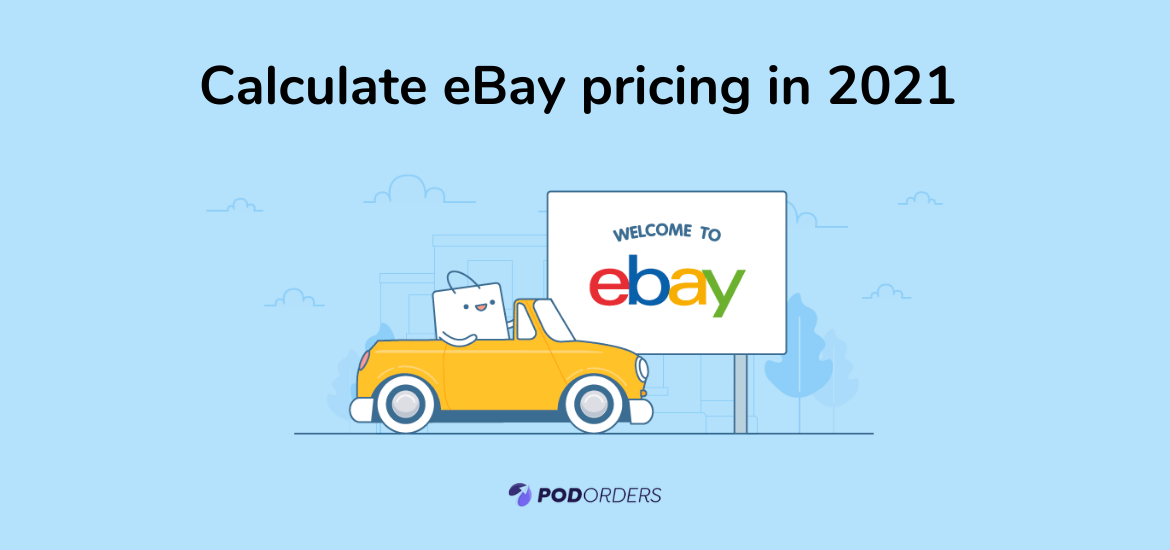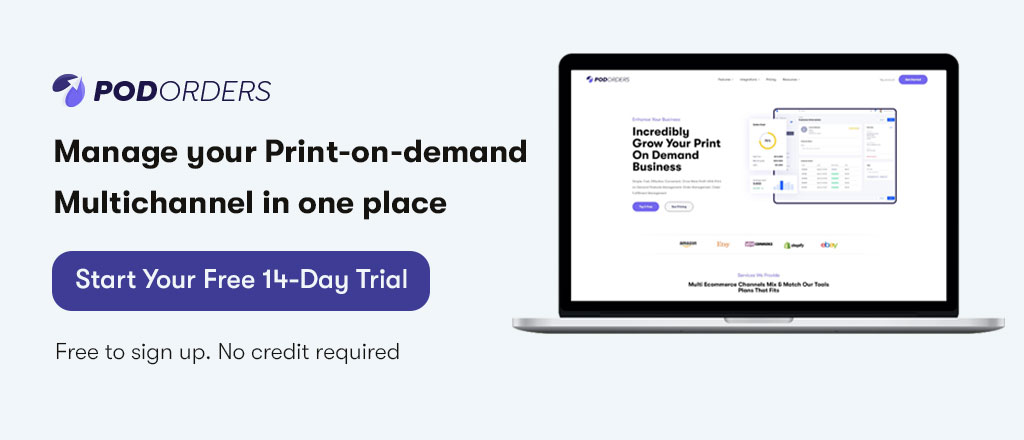How do you calculate eBay pricing? Are you looking to make more money on eBay, but don’t know how to price your items? Are you struggling to figure out how much you should charge, and if it’s even worth selling on eBay? If you’re asking yourself these questions, you should not miss this blog.
This guide will teach you everything you need to know about calculating eBay pricing, including fees, seller charges, and how to use this data to effectively price your items so that they sell quickly. Let’s get started!
1. eBay overview
Before learning how to calculate eBay pricing, let’s find out some background information about eBay. eBay Inc. is an American multinational corporation and e-commerce company, providing consumer-to-consumer and business-to-consumer sales services via the internet.
eBay has changed a lot since its inception in 1995. It is headquartered in San Jose, California. What started as an online auction house where sellers could list their wares has evolved into a website that encompasses everything from online shopping, to payments, to marketing products. As of 2021, the number of eBay users exceeds 187 million worldwide, with over 1.7 billion listings.

Like other online shopping sites, it uses auctions for most of its sales. However, there are also fixed-price stores available for buyers who are not comfortable with auctions. Auction sellers set an opening bid for their product, which is typically less than what they actually want to get for it.

This bid can be lowered or raised by bidders until it reaches either one of two final results: If no other bids come in at all, then bidding ends after a specified time period has passed without any new bids being placed.
2. Calculate eBay pricing fees
In order to calculate eBay pricing, you need to understand the following fees that every eBay sellers have to pay.
2.1 Final value fees & Insertion fee
| Category | Insertion fee | Final value fee % + $0.30 per order |
| Most categories, including Music > Vinyl Records and eBay Motors > Parts & Accessories, Automotive Tools & Supplies, and Safety & Security Accessories. For vehicles, see our Motors fees. | First 250 listings free per month, then $0.35 per listing |
|
| Books & Magazines Movies & TV (except Movie NFTs) Music (except Vinyl Records and Music NFTs categories) |
| |
| Coins & Paper Money > Bullion |
| |
| Clothing, Shoes & Accessories > Women’s Bags & Handbags |
| |
| Jewelry & Watches > Watches, Parts & Accessories > Watches |
| |
| Sports Mem, Cards & Fan Shop > Sports Trading Cards (except Sport Trading Card NFTs) Collectibles > Non-Sport Trading Cards (except Non-Sport Trading Card NFTs) Toys & Hobbies > Collectible Card Games (except CCG NFTs) |
| |
| Art > Art NFTs Select Collectibles categories:
Movies & TV > Movie NFTs Music > Music NFTs Sports Mem, Cards & Fan Shop > Sports Trading Cards > Sport Trading Card NFTs Toys & Hobbies > Collectible Card Games > CCG NFTs |
| |
Select Business & Industrial categories:
| $20 |
|
| Musical Instruments & Gear > Guitars & Basses | Free |
|
Select Clothing, Shoes & Accessories categories:
| Free if starting price is $100 or more* – See: Notes for Basic fees |
|
Source: eBay.com
2.2 Listing upgrade fees
| Auction-style listings – 1, 3, 5, 7 and 10-day duration | ||
| Optional listing upgrade | Item starting price of up to $150 or Real Estate listings | Item starting price of more than $150 |
| 1 or 3-day duration | $1.00 | $1.00 |
| Bold | $2.00 | $3.00 |
| Gallery Plus Free for listings in the Collectibles, Art, Pottery & Glass, and Antiques categories | $0.35 | $0.70 |
| List in two categories | An insertion fee is always charged for the second category, and fees for any optional listing upgrades apply again. The higher of the two final value fees is charged, if your item sells | |
| Listing Designer | $0.10 | $0.20 |
| Subtitle | $1.00 ($0.50 for Real Estate listings) | $3.00 |
| Reserve price Set a minimum price that must be met for your item to sell | $5.00 or 7.5% of reserve price, whichever is greater (maximum fee $250) Charged whether or not your item sells | |
Reserve price in select Business & Industrial categories:
| $5.00 | |
| International site visibility for auction-style listings | Item starting price | Fee |
| $0.01 – $9.99 | $0.10 | |
| $10 – $49.99 | $0.20 | |
| $50 or more | $0.40 | |
Source: eBay.com
2.3 Other eBay fees
- Shipping & handling: depends on your chosen delivery carrier
- Paypal, managed payments: 2.9% processing fee + $0.3 for each order
- Sales tax: depends on different states and countries
- Dispute fee: $20 (exclude sales tax)
- Ads fees: depends on your ad rates
- International fee: 1.65% of the total sales
- Seller currency conversion charge: for the US sellers, eBay charges 3%.
2.4 Tools to calculate eBay pricing
To calculate eBay pricing, here are some tools:
- Ebayfeescalculator.com: With this tool, you only need to fill in all details, such as sole price, shipping charged, item cost, shipping cost, payment processing, etc., and they will handle the rest to calculate eBay pricing for you.
- Auto-DS: As same as eBayfeescalculator, Auto-DS helps you to calculate eBay pricing as well as total profit. One special thing about this tool is you can choose which country you’re selling as each one has its own policy and fees.
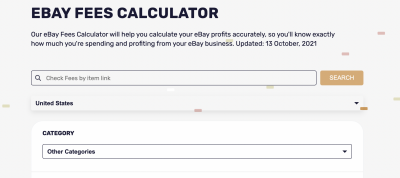
3. Effective strategies to calculate eBay pricing
Below are some valuable strategies that you can use to calculate eBay pricing
3.1 Use eBay’s pricing recommendation
Using eBay’s suggested pricing recommendation feature can be a great way to get started. eBay’s pricing recommendation system is designed to help you figure out if you’re on target with your prices and more accurately price your items for sale. Set up as a series of price recommendations, these suggestions can give new sellers an easier way to determine where they should set their starting bids and asking prices on auctions.
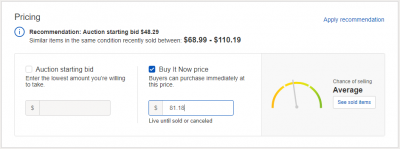
For example, if eBay notices that similar items in past sales have sold within a certain range, it will recommend those numbers as a starting point. Another way pricing recommendations can be helpful is by warning sellers when an item may not be priced correctly: A low seller score on an auction may indicate that too low of a price has been chosen, or vice versa.
Here’s how it works: Once you’ve determined which category your item will be listed in, navigate over to Seller Hub>My eBay>Selling and then click Products I’m Selling. Click All Categories, and then click on Auction-style listings. This will allow you to see recommended prices for similar items that have sold successfully in your category.
3.2 Research similar eBay listings
It’s not necessary to reinvent the wheel. To get a better idea of how much to charge for your items, take some time and look at other similar listings. The more you research, the better off you’ll be.
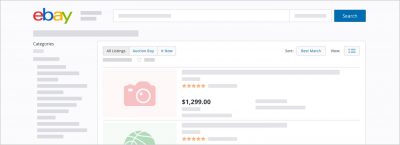
A couple of important things to keep in mind: First, some research suggests that your listing will sell for less if it has more similar listings with higher prices on eBay, meaning you might want to consider boosting your price if many of your competitors are similarly priced or lower-priced. Second, don’t focus exclusively on what others are charging – analyze how they set their pricing.
If it seems that people are overpricing their items, try to figure out why. Maybe there’s another item that they’re offering as an incentive (free shipping, for example). Think about how you can do something similar without sacrificing profits.
3.3 Incorporate pricing psychology
At their core, pricing strategies aren’t about maximizing revenue. Instead, they focus on customer psychology. Studies show that if customers feel like they’re getting a bargain – or even just getting what they deserve – they tend to spend more money and buy more often than average customers.
And while you might not think of yourself as a master manipulator, there are simple techniques that you can use in your own listings that will nudge customers into spending just a little bit more than usual.
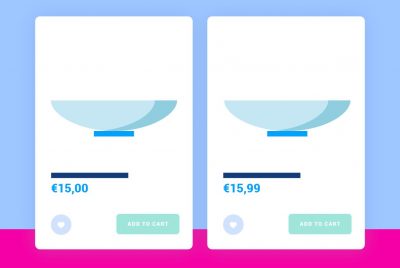
Consumers are often convinced that an item listed at $14.99 is less expensive than one priced at $15, and they’re willing to pay more for an item listed as half off. This strategy also works for discounts. The higher you can price your items initially, and then offer a discount (even if it’s only $1), many consumers will buy immediately, even if they originally planned on waiting.
3.4 Determine desired profit margins
Just because you can list an item for sale at a certain price doesn’t mean you should. If it costs $15 to make something, you might need to price it so that it sells for $60 if you want a 30% profit margin. If it costs $100, you might have to sell something for $300 – or maybe even more – if you want that kind of profit margin.
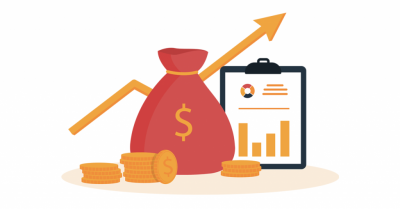
And if someone else is selling similar items for less money or can get them cheaper, then your item needs to be priced higher in order to sell enough units to make any money. Take all of these factors into account when figuring out what your desired profit margins are before setting any prices.
3.5 Incorporate all expenses
Be sure that you include all expenses when you calculate eBay pricing. You also need to take into account your business expenses, like rent, utilities, advertising, and more. You can’t simply add up your product costs and label it a price without adding in other expenses.
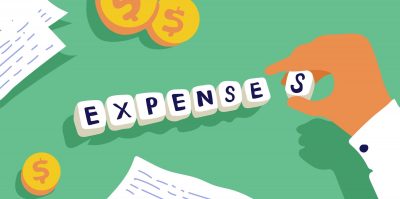
For example, if you’re selling on eBay, be sure to account for listing fees and any special marketing fees. When you come up with an eBay pricing strategy figure out how much each sale is costing you, then decide whether or not that is a viable price point. If it’s profitable, then your business model is working. If not, tweak it until it’s profitable again!
3.6 Implement differential pricing
Differential pricing is one of our favorite strategies for maximizing profits. This strategy is used in all kinds of industries, but when you apply it to online sales, it allows you to charge different customers different prices. For example, if you have a pair of jeans that are selling for $50 at retail stores but you can get them wholesale for $25, use differential pricing by listing them on eBay at two different prices.
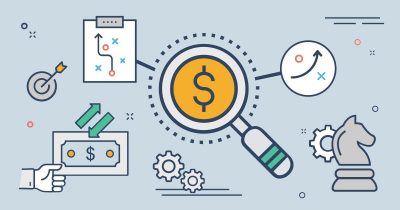
One price for buyers who haven’t bought from your store before and one price for repeat customers. By doing so, your business will likely be able to make more money because many people are willing to pay more for an item if they don’t have to pay full price.
3.7 Don’t underprice products
One of the most common mistakes sellers makes when calculate eBay pricing is underpricing products. You might think that setting a low price will increase your chances of selling products, but in reality, you can end up doing more harm than good. Low prices may attract buyers, but they can also scare them away.
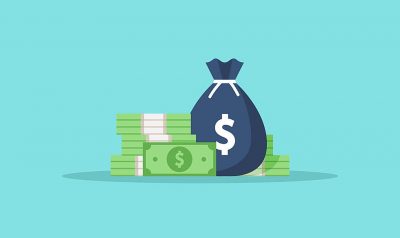
Buyers want to feel like they’re getting a deal on an item, and if it seems too cheap, some shoppers will think there’s something wrong with it. This is because most buyers assume that if something is cheap then it must be of poor quality. This leads to extra returns and unhappy customers – not exactly good for business!
3.8 Use discount pricing at key times
You need to get people’s attention. And one surefire way of doing that is by offering your products at a discount. High demand, big events, and holiday shopping are ideal times for discount pricing.
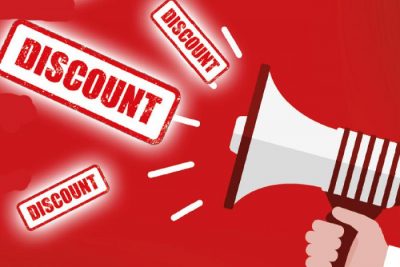
But you don’t want it all year long – if it’s always on sale, people will stop making special trips to see it. So pick a few high-traffic times throughout the year and you’ll be able to take advantage of sales with minimal impact on your product sales in other areas.
4. Wrapping Up
In business, pricing can be one of the hardest aspects to get right. If you price too high, you’ll find that fewer people are willing to buy your product or service. On the other hand, if you price too low, you might not make enough money to remain in business yourself!
Luckily, there are several different pricing strategies and factors to consider when figuring out your eBay pricing. By understanding how to calculate eBay pricing and its various components, you can set a fair price for your product or service while remaining profitable at the same time. And, happy selling!
Read more
